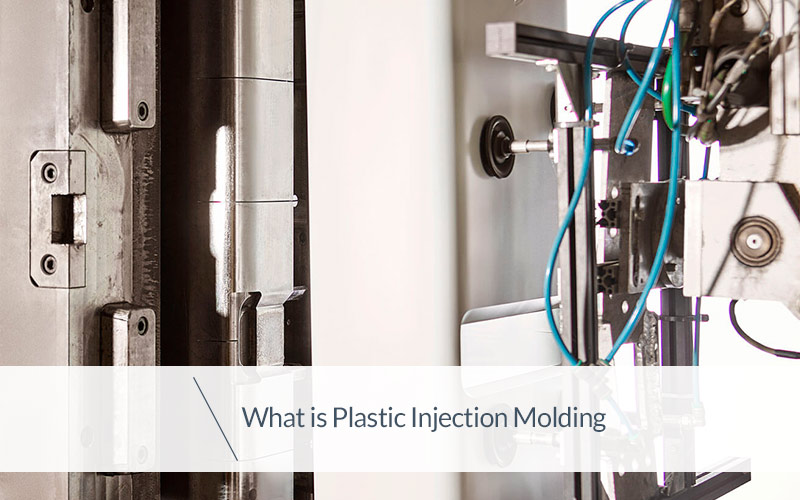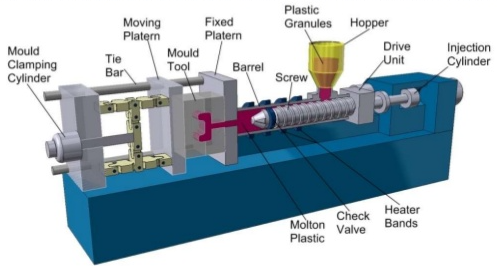More About Additive Manufacturings
Wiki Article
Our Oem PDFs
Table of ContentsSome Known Questions About Lean Manufacturing.How Lean Production can Save You Time, Stress, and Money.Manufacturing Industries - An OverviewThe Facts About Manufacturing Revealed7 Simple Techniques For Lean ProductionThe Greatest Guide To Oem
The text on this web page is an example from our full White Paper 'Shot Moulding for Customers' - * Example text * - for complete overview click the download button over! Intro This overview is planned for individuals who are wanting to resource plastic mouldings. It gives a much needed understanding into all that is involved with creating plastic components, from the mould tool required to the moulding procedure itself.If you intend to check out even more, the overview covers kinds of mould tools, along with unique completing processes such as colours & plating. Words that are highlighted can be found in the glossary in the appendix ... Component I: Moulding: The Essentials The Advantages of Injection Moulding Plastic shot moulding is a very specific process that supplies numerous advantages over other plastic handling methods.
Precision is excellent for very detailed parts. You can hold this moulding in the hand of your hand and also it has employers, ribs, metal inserts, side cores as well as holes, made with a sliding closed off attribute in the mould device.
Not known Facts About Additive Manufacturing


from material feed Product melting; material injection; cooling time and ejection as well as the re-closing of the mould tool ready device prepared next cycleFollowing Draft angles - The walls of a moulded part ought to be slightly tapered in the instructions in which the part is expelled from the mould tool, to allow the part to be ejected easily.
Ejector stroke - The pressing out of ejector pins to expel the moulded part web from the mould see here now device. Ejector stroke rate, length and timing requires to be very carefully controlled to avoid damage to the ejectors and mould tool, but at the exact same time make the moulding cycle as short as possible.

The Only Guide for Manufacturing
Ribs - When a plastic component has slim walls, ribs are included to the design to make the thin walls more powerful Side cores - Side activity which generates an attribute on a moulded part, at an opposing angle to the typical opening instructions of the mould device. manufacturing industries. The side core needs to be able to retract as the plastic part can not be expelled or else.
Walls - The sides of a moulded part The text on this web page is an example from our full White Paper 'Shot Moulding for Purchasers'.
Manufacturing procedure for creating components by injecting liquified product right into a mould, or mold and mildew Simplified diagram of the process Injection moulding (united state punctuation: shot molding) is a production procedure for producing parts by infusing molten product into a mould, or mold. Shot moulding can be performed with a host of products mainly including steels (for which the procedure is called die-casting), glasses, elastomers, confections, as well as many commonly polycarbonate and thermosetting polymers. Injection moulding is widely used for producing a variety of parts, from the smallest components to whole body panels of cars and trucks. Shot manufacturing industries moulding makes use of a special-purpose equipment that has three parts: the injection unit, the mould as well as the clamp.
Little Known Facts About Additive Manufacturing.
, with the volume utilized of the former being considerably higher.: 13 Thermoplastics are widespread due to characteristics that make them highly suitable for injection moulding, such as convenience of recycling, versatility for a vast selection of applications,: 89 as well as capability to soften and flow on home heating.In several dental caries moulds, each tooth cavity can be identical and form the very same components or can be distinct and create several different geometries throughout a single cycle.
The screw supplies the raw product ahead, mixes as well as homogenises the thermal and viscous circulations of the polymer, as well as minimizes the needed heating time by mechanically shearing the product as well as including a significant quantity of frictional heating to the polymer. The material feeds forward via a check valve and accumulates at the front of the screw into a volume understood as a shot. When enough product has actually gathered, the material is forced at high pressure as well as rate into the component creating cavity. The exact quantity of shrinkage is a feature of the resin being utilized, and also can be reasonably foreseeable. To stop spikes in pressure, the procedure generally utilizes a transfer position matching to a 9598% full tooth cavity where the screw changes from a consistent speed to a continuous pressure control.
Getting The Mfg To Work
When the screw reaches the transfer position the packing pressure is applied, which completes mould dental filling and makes up for thermal shrinkage, which is quite high for thermoplastics loved one to several various other products. The packing pressure is used up until the gateway (tooth cavity entry) strengthens. As a result of its tiny dimension, the entrance is typically the top place to solidify via its entire thickness.: 16 Once the gateway solidifies, no even more product can enter the dental caries; accordingly, the screw reciprocates and obtains material for the following cycle while the product within the mould cools so that it can be expelled and also be dimensionally stable.Report this wiki page